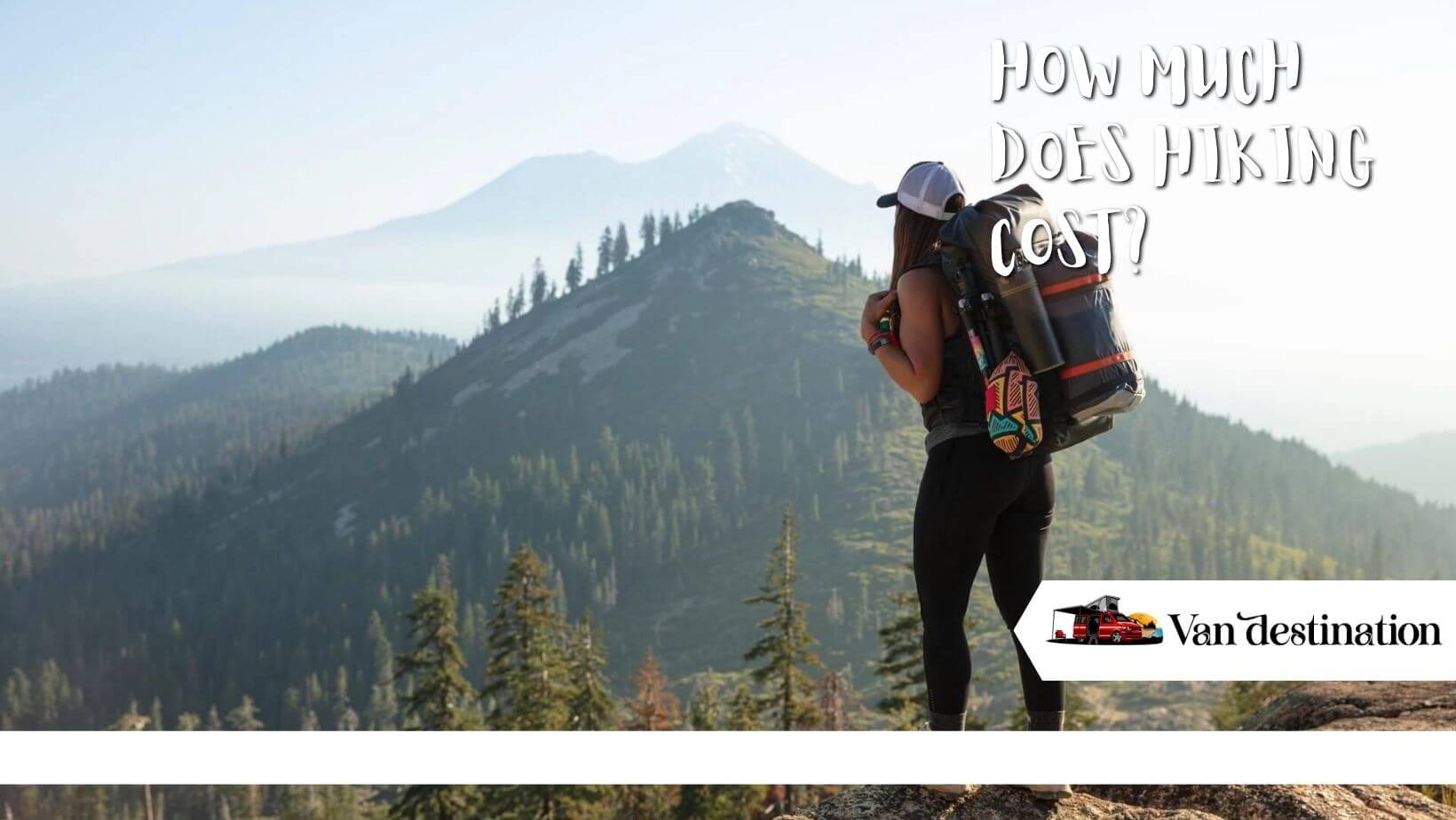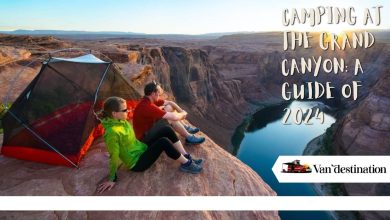How Much Does Hiking Cost?

Hiking is a great way to get out and explore nature, but it can also be an expensive hobby. From the gear you need to the trails you hike on, there are a lot of potential costs associated with hiking. In this blog post, we’ll give you an overview of what kind of hiking cost you might expect when going hiking.
The cost of hiking can vary depending on several factors. Read on to learn about the potential expenses of a thru-hike, including gear, food, transportation, and other costs. With proper planning and budgeting, hikers can reduce costs and enjoy a safe and fulfilling hiking experience.
Gear Costs
The first factor to consider when it comes to hiking costs is gear. Depending on the type of hike you’re planning, you may need special equipment like sturdy boots or a tent. You’ll also need clothing that’s appropriate for the climate and conditions think layers. And don’t forget about accessories like hats, gloves, water bottles, and backpacks. The cost of all this gear can add up quickly and it’s important to make sure your gear is high-quality so that it lasts longer and keeps you safe on your hikes.
Trail Fees
Another expense to consider when hiking is trail fees. Many popular trails have entrance fees or permit requirements in order to help maintain the trails and protect the environment. It’s important to check ahead of time what kind of fees or permits are required for your destination so that you can plan accordingly. Keep in mind that some trails may have free access but require a parking fee; others may charge per hiker or group size; and still, others may require long-term memberships if you plan on doing multiple hikes in one season.
Also Read: How Many Miles Should You Walk in a Day
How Risky is Hiking?
Hiking can be a fun and rewarding activity, but like any outdoor adventure, it does come with certain risks. The level of risk involved in hiking can vary greatly depending on a number of factors, such as the location, weather conditions, the experience and fitness level of the hikers, and the equipment and clothing they have.
Some of the common risks associated with hiking include:
- Physical injuries: Hiking can be physically demanding, and accidents such as falls, sprains, and fractures are not uncommon. Proper footwear, appropriate clothing, and being mindful of one’s surroundings can help reduce the risk of physical injuries.
- Getting lost: It is possible to get lost on a hiking trail, especially if the trail is poorly marked or if hikers venture off-trail. Carrying a map and compass and knowing how to use them can help hikers stay on course.
- Exposure to the elements: Hikers may be exposed to extreme weather conditions, such as heat, cold, rain, or snow, which can lead to hypothermia, heat exhaustion, or dehydration. Proper planning, including checking weather forecasts and bringing adequate clothing and water, can help reduce the risk of exposure-related illnesses.
- Encountering wildlife: Depending on the location, hikers may come across wild animals such as bears, snakes, or mountain lions. Knowing how to respond to wildlife encounters and carrying bear spray or other deterrents can help reduce the risk of harm.
Overall, hiking can be a relatively safe activity if hikers take appropriate precautions, such as being prepared, staying on marked trails, and knowing their limitations. However, it is important to remember that no outdoor activity is entirely risk-free, and hikers should always be aware of the potential dangers and take steps to mitigate them.
How Much Does Thru-Hike Cost?
The cost of a thru-hike can vary greatly depending on several factors such as the length of the trail, the duration of the hike, the gear needed, transportation, and food expenses. Generally, a thru-hike can cost anywhere from a few thousand dollars to over $10,000. However, hikers can reduce costs by carefully planning their trip, purchasing gear on sale or used, and being mindful of their spending habits during the hike.
Conclusion
Hiking can be an affordable hobby if done right but there are some things to keep in mind when budgeting for your trips. Gear costs can add up quickly, so make sure all your equipment is good quality before investing in it. And remember that many trails will require entrance fees or permits in order to protect their natural environments as well as other hikers’ safety so check ahead of time what kind of fees or permits are required for your destination. With these factors in mind, happy hiking.
Also Read: What can Hiking do for You



